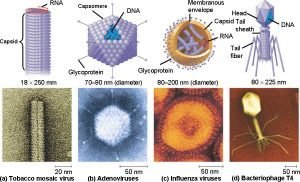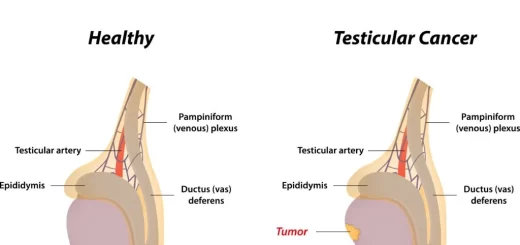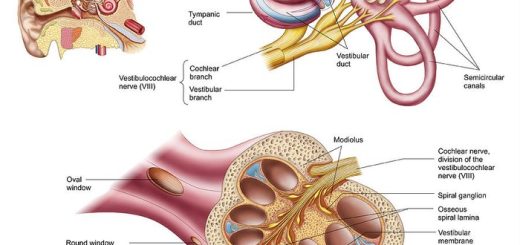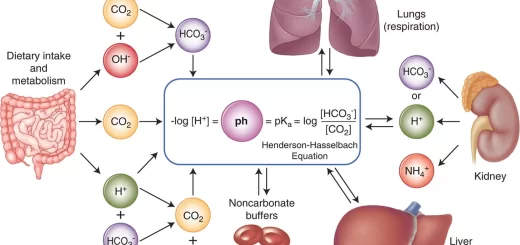Features and classification of viruses, Defective viruses and Viral vectors used for gene therapy
Viruses are obligate intracellular parasites that depend on the biochemical machinery of the host cell for replication, They pass through bacterial filters (filterable) due to their small size (20-400 nm), They carry their genetic information in either DNA or RNA molecules, not both Their reproduction occurs by the assembly of individual components rather than by binary fission.
Viruses
Viruses cannot produce energy and cannot make their own proteins or replicate their genome independently of the host cell. To infect a human or another host, virus structure and genetics have been optimized by mutations to bypass natural barriers, escape the host immune system and adapt to the host biochemical machinery.
Virion structure
Virion is the name of the complete virus particle. The simplest viruses consist of a genome (DNA or RNA) packaged in a protective shell of protein (capsid) and for some viruses, there is an extra membrane (envelope).
Genome: a viral nucleic acid sequence that must encode any required viral processes not provided by the host cell to produce viral components. It could be in the form of either:
- DNA: single-stranded (ss) or double-stranded (ds), circular or linear.
- or RNA: single-stranded (ss) or double-stranded (ds) positive sense (similar to messenger RNA) or negative sense (complementary sequence to mRNA) or ambisense (contains both positive and negative sense regions attached end to end). Nucleic acid could be segmented or nonsegmented.
The outermost layer can be a capsid or envelope both are the structure for packaging, protection and delivery of the virus from one cell to another. Virus-encoded glycoproteins (peplomers) are exposed on the surface of this layer and some of them act as viral attachment proteins (VAP). This layer interacts with the target cell receptors through the VAP. Removal or disruption of this layer inactivates the virus and Antibodies generated against VAP prevent virus infection.
Capsid: Viral capsid is a rigid protein structure assembled from individual protein subunits that bind to form capsomers that bind to form the capsid, Some capsids are built around the genome (helical) and others form as an empty shell to be filled with the genome (icosahedral). Capsids can be symmetric e.g. helical or icosahedral or they can be nonsymmetric eg complex forms (bullet-shaped, brick-shaped, irregular e.g. bacteriophages).
Capsids can withstand harsh conditions, they generally resist dryness, acid, detergents, and bile, and most of them can be transmitted by the fecal-oral route and can endure transmission in sewage.
Functions of the capsid
- Protects the viral genome against inactivation by nucleases and the extracellular environment.
- In non-enveloped (naked) viruses, it carries the VAP.
- Determines the antigenic characteristics of the virus.
- It is responsible for the structural symmetry of the virus particle.
- package enzymes essential for the early steps of the replicative process.
Naked viruses are viruses that have a capsid as the outermost layer holding the VAP and are characterized by easy spread by contact, dust, or droplets. They retain infectivity even in dryness and can survive the adverse conditions of the gut. Antibodies may be sufficient for immunoprotection for most naked viruses. Usually, naked viruses are released from the host cells by cell lysis. Helical viruses appear as rods, whereas icosahedral viruses appear spherical.
The envelope is a membrane composed of lipids, proteins, and glycoproteins (similar to host cellular membranes from which it is derived). Enveloped viruses are viruses that have the envelope as the outermost layer holding VAP. The envelope is environmentally labile and can be readily disrupted by drying, acids, detergents, and solvents (e.g. ether) which result in the inactivation of the virus.
That is why enveloped viruses cannot survive harsh conditions as that of the GIT. They are transmitted mainly through fluids and secretions. Enveloped viruses do not need to lyse the cell to be released and need both antibody and cell-mediated immune responses for protection. Most enveloped viruses elicit hypersensitivity and inflammation to cause immunopathogenesis. Enveloped viruses usually appear spherical. VAPs are major antigens that elicit protective immunity.
Defective viruses
A defective virus lacks one or more functional genes required for viral replication. Defective viruses require helper activity from another virus genome for some steps in replication or maturation. An example of a defective virus is the hepatitis D virus which replicates only in the presence of the Co-infecting hepatitis B virus.
The Effect of Physical and Chemical Agents
- Viruses are sensitive to: UV rays, and oxidizing agents, e.g. formaldehyde, chlorine, iodine, and hydrogen peroxide.
- Enveloped viruses are inactivated by ether (ether sensitive).
- Viruses are stable at low temperatures, most can be stored at -70°C.
Means of classification of viruses
- Size: small, medium, and large viruses.
- Morphology: icosahedral, helical, complex.
- Nucleic acid: DNA (all are double-stranded except parvoviruses) or RNA (all are single-stranded except reoviruses).
- Structure: enveloped, naked.
- Mode of replication e.g retroviruses.
- Disease: eg. : hepatitis viruses, encephalitis viruses.
- Means of transmission: e.g. arboviruses transmitted by insects, roboviruses transmitted by rodents.
- Host cell range: human, plant, bacteria
- Organ tropism: eg enteroviruses are viruses replicating in GIT.
Use of Viral Vectors for Therapy
Genetically manipulated viruses can be excellent delivery systems for foreign genes, Viruses can provide gene replacement therapy, can be used as vaccines to promote immunity to other agents or tumors, and can act as targeted killers of tumors), The advantages of using viruses are that they can be readily amplified by replication in appropriate cells and they target specific tissues and deliver the DNA or RNA into the call.
Viruses that are being developed as vectors include retroviruses, adenoviruses, HSV an adeno-associated virus (parvovirus), poxviruses (e.g. vaccinia and canarypox), and some togaviruses, Adenovirus and canarypox virus are being used to carry and express HIV and other genes as vaccines. Vaccinia virus carrying a gene for the rabies glycoprotein is already being used successfully to immunize animals.
Viral vectors used for gene therapy
- Cells are removed from the patient.
- In the laboratory, a virus is altered so that it can’t reproduce.
- A gene is inserted into the virus.
- The altered virus is mixed with cells from the patient.
- The cells from the patient become genetically altered.
- Genetically altered cells produce the desired protein or hormone.
You can subscribe to Science Online on YouTube from this link: Science Online
You can download Science online application on Google Play from this link: Science online Apps on Google Play
Pathogenesis of bacterial infection, Classification of Pathogens & Bacterial virulence factors
Bacterial growth phases and Environmental factors required for bacterial growth
Microbiology, Bacteria structure, types, Gram-positive bacteria & Gram-negative bacteria




